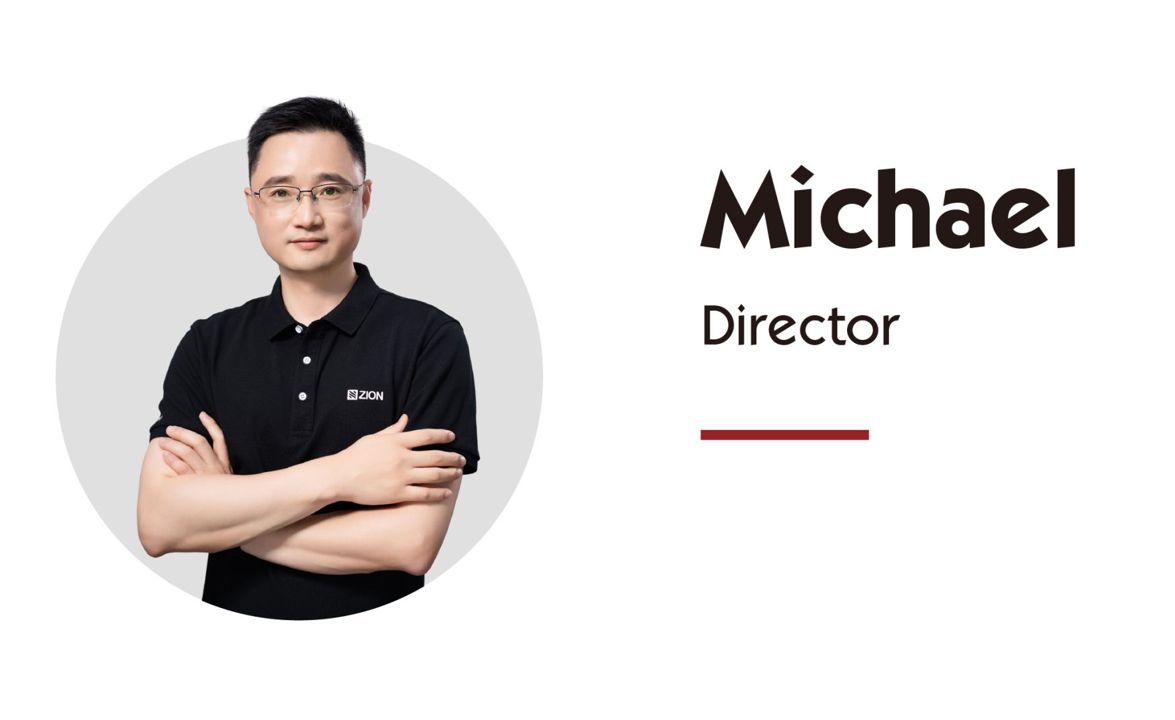Cable & Wire | High quality and excellent service at reasonable prices.
info@zion-communication.com
Author: Michael Publish Time: 28-07-2025 Origin: Site
■ RS485 Cable Impedance and Shielding Explained
RS485 is one of the most frequently used standards in industrial automation, instrumentation, and control systems. RS-485 cable selection becomes imperative for transparent communication and endearing success in the project; this should be done by paying heed to the impedance characteristic and the shielding. These two electrical attributes, being at the base of noise immunity and communication distance, directly affect the quality of the transmitted signals.
This article covers the electrical demands of RS485 cabling and explains why putting practical tradition into practice – impedance matching and shielding – is indispensable to achieve superior performance.
Characteristic impedance refers to a common term used for cables, which is the resistance it shows when an alternating current (AC) signal travels through it. For RS485 communication, the recommended impedance is:
1) Withstand Capability of Specified Voltage
RS485 standard characteristic impedance is equal to 120 ohms.
This agrees with the termination impedance that is accepted and adopted at the both ends of the RS485 communication bus in order to cut reflections. If the cable's impedance does not match the 120Ω characteristic, then signal reflection can cause data distortion, and in the worst case it can even destroy the communication link.
Key specs:
Impedance: 120 ±10 ohms
Frequency range: generally at 1 MHz nominally known
Multi-pair design keeps balanced transmission line
RS485 is an innovative type of signalling protocol, which does not take much of space since it is a twisted pair that gives it the excellent, inherent, noise immunity. But in real-world industrial areas where electric noise from social engines such as motors, drive variable frequency drives (VFDs), and electrical appliances come into the environment, shielding will become very significant.
Types of Shielding:
Foil Shield (AL/PET):
Contributes to total foil shielding system with thin aluminum layer
Suitable for moderate EMI conditions
Braided Shield (Tinned Copper Braid):
To provide compatibility with various environments
Much stronger and longer-lasting
Foil + braid combined shield:
Best of two worlds: foil covers each and every part 100% plus increased strength
Well-designed for high-noise zones at industrial setups
Shield Termination:
Shield grounding is usually perfect by leading by example by grounding non-master end of here to avoid ground loops and ensure good EM
Feature | Shielded RS485 Cable | Unshielded RS485 Cable |
EMI Protection | Excellent | Poor |
Use Environment | Industrial, outdoors, high noise | Low-noise, short indoor runs |
Cost | Slightly higher | Lower |
Signal Integrity | Stable over long distances | Risk of interference |
Recommendation: Always use shielded RS485 cable for distances >50m or in any environment with significant electrical interference.
Must Be Remembered
1) The optimal RS485 cable parameters entail:
2) Twisted pair(s):
a. To make the loops more compact
b. To reduce the electromagnetic field strength
3) Stable Impedance in RS485 Channel:
120 ohms ±10% as per specifications
4) The Shielding:
Foil, Braid (or both), according to the EMI level
5) Low Capacitance Impedances:
normally <30 pF/ft for strongly backed higher speeds
Example Cable Specs:
Property | Value |
Conductor | 22–24 AWG stranded tinned copper |
Insulation | FPE (Foamed Polyethylene) or HDPE |
Impedance | 120Ω ±10% |
Shielding | AL/PET foil + tinned copper braid |
Jacket | PVC, LSZH or PE depending on environment |
Final Recommendations
Scenario | Suggested Cable Type |
Indoor, low noise (<50m) | Unshielded twisted pair |
Industrial, moderate noise (50–300m) | Foil-shielded twisted pair |
High EMI or outdoor environment | Foil + braid shielded cable |
Long runs (>300m, low baud rate) | Shielded, low-capacitance cable, 22 AWG |
Joining the circuit impedance matching and appropriate shield is crucial for the RS485 systems that require long distances stable and noise resistant connection. If you choose a cable that has a 120-ohm impedance and quality shielding, it stretches the limits for the physical layer of your RS485 network that is future-proof.
If you want to get high-quality RS485 communication cables, look for ones that are compliant with industry standards, their proven shielding designs, and complete electrical specification documentation.
Need Help Choosing?
Let our experts help you select the ideal cable for your environment.
Contact us for more information

michael@zion-communication.com
+86 13757188184
